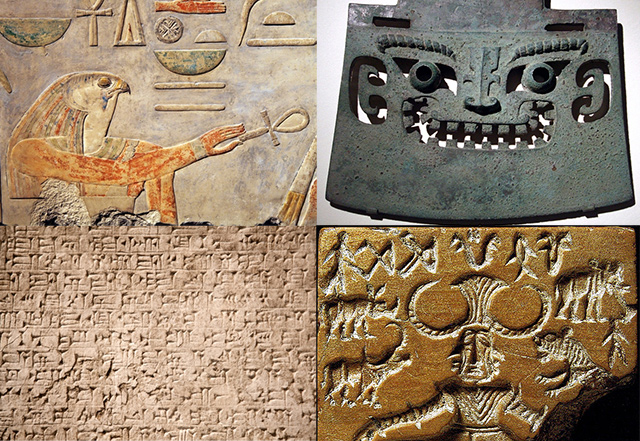Scheme of Work: Comparing Ancient Civilisations
Scheme of Work, Key Stage 2 History (unresourced)

Introduction to early civilisation units
What do all the Ancient Civilisations have in common?
This enquiry provides an overview of the Ancient Civilisations of Egypt, Sumer, Indus Valley and Shang, showing where and when they developed, the similarities between them and how they relate to a broadly based chronological understanding of the past. It provides a context for studying one of them in depth.
This enquiry is structured around the following question: What do all the Ancient Civilisations have in common?
Key vocabulary: civilisation, dynasty, location, river valley, irrigation, achievements.
- This unit is supported by the article So was everyone an Ancient Egyptian? Developing an understanding of the world in Ancient Times - Paul Bracey (2016), Primary History Issue 73.
- See also our separate schemes of work on Ancient Egypt, Ancient Sumer, Indus Valley and Shang Dynasty.
|
Please note: While this unit contains resource suggestions, it is not a fully resourced scheme of work, and the resources it refers to may in some cases only be available to full members of the HA. The majority of the HA schemes of work were produced between 2014-2019 by members of the HA primary committee and its affiliates. These schemes of work are designed to support your planning and should be moulded and adapted to fit the context and needs of your own school. To view a free sample scheme of work, please refer to our Anglo-Saxons unit. We regularly check the hyperlinks included in the schemes but unfortunately every now and again some links may go out of date. If you spot a broken link, please let us know on enquiries@history.org.uk. |
This resource is FREE for Primary HA Members.
Non HA Members can get instant access for £4.99

